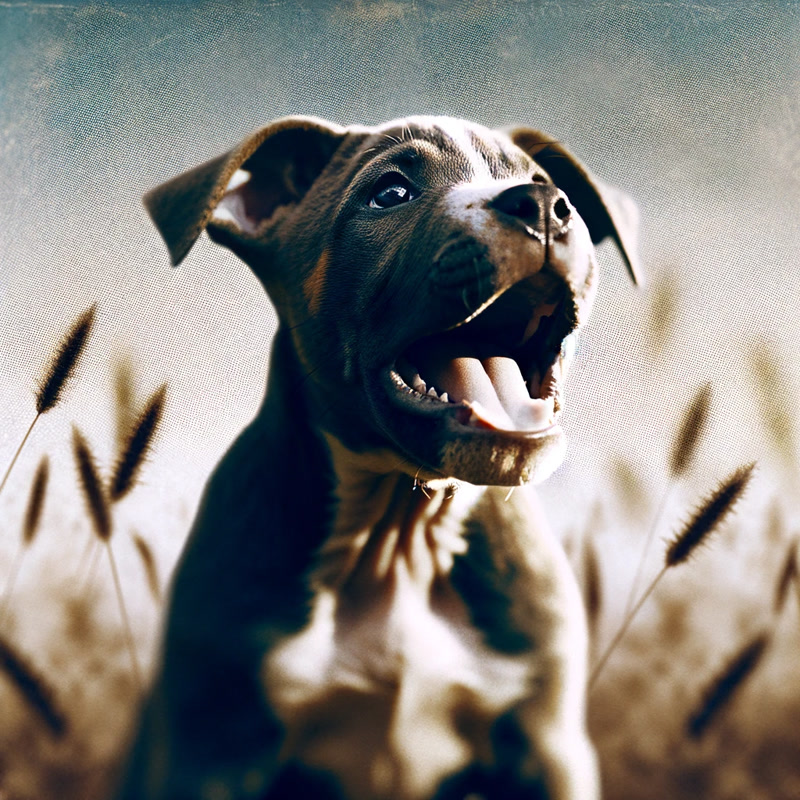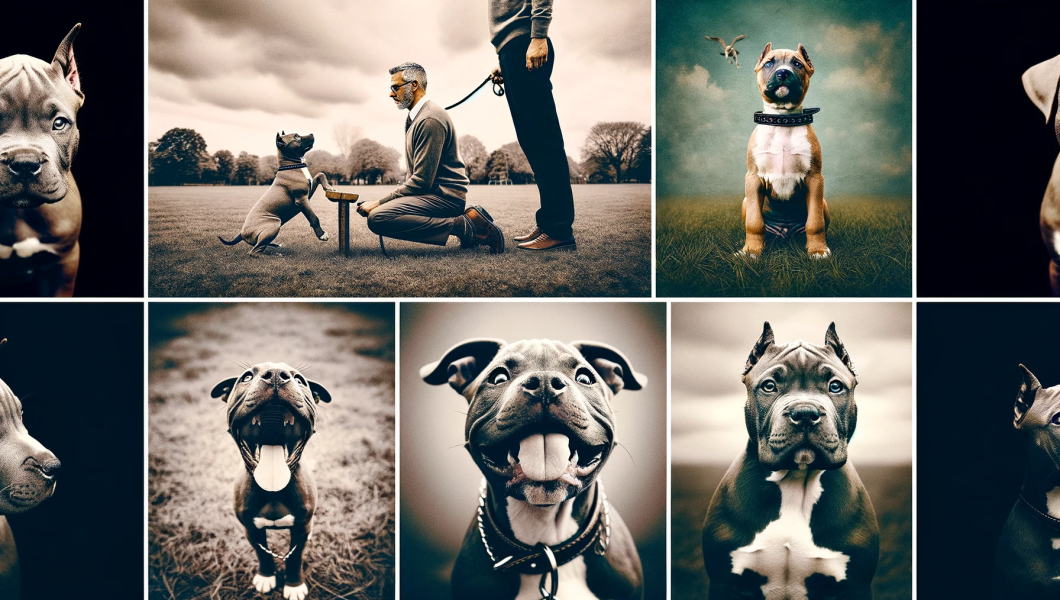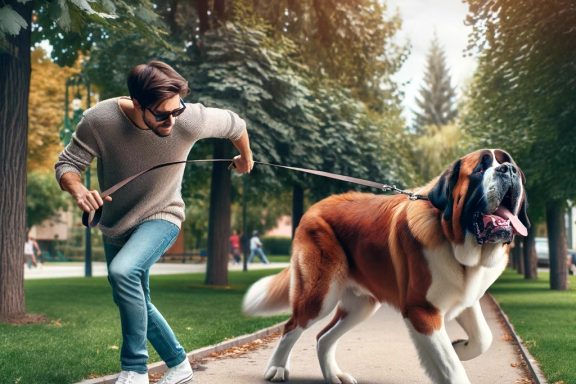Understanding Canine Hierarchy: Key to Successful Pitbull Puppy Training
Contrary to popular belief, the hierarchy in the canine world is not a myth.
Recognizing this hierarchy is crucial for effective training of any breed, including Pitbull puppies.
My extensive experience with dogs, both as an owner of up to 15 dogs and from my veterinary work, has reinforced this belief.
The Alpha Instinct in Pitbull Puppies

Pitbull puppies, like all dogs, are naturally driven to understand their place in their social environment.
This is influenced by their innate personality traits, whether they are confident and assertive or otherwise.
Both male and female Pitbull puppies exhibit alpha behavior, stemming from their ancestral wolf lineage.
Recognizing these behaviors is vital for a harmonious and safe coexistence.
Identifying Alpha Dog Behaviors in Your Pitbull Puppy
Dominance through Mounting

Often misconceived as merely a play behavior, mounting is a clear dominance signal in dogs.
It is crucial to gently distract your Pitbull puppy from such behaviors to avoid future dominance issues.
Rigid Posture: A Sign of Dominance

A stiff, rigid posture in your Pitbull puppy can be an attempt to appear more intimidating.
While not immediately aggressive, it’s important to discourage this to prevent potential conflicts with other dogs.
Significance of Upright Hackles

Hackles raising can be a mixed signal, indicating either aggression or excitement.
Understanding the context and your dog’s usual behavior is key in interpreting this sign correctly.
The Risks of Hovering
Hovering, where a dog intrusively gets close to another, is a precursor to aggressive encounters.
This behavior, especially in confident or assertive dogs, should be addressed immediately.
The Curled Lip: A Warning Sign
Although sometimes a sign of happiness, a curled lip usually indicates aggression and should be taken as a serious warning, particularly in Pitbulls.
Managing Alpha Behavior: Prevention and Awareness
The most critical aspect of training a Pitbull puppy in the context of alpha behavior is understanding and being aware of the situation.
Always be vigilant about the dynamics between your Pitbull and other dogs.
If you notice any aggressive alpha behavior, it’s better to remove your Pitbull from the situation promptly.
This is not just for the safety of other dogs, but also to ensure your Pitbull doesn’t develop undesirable aggressive habits.
Conclusion: Nurturing a Well-Behaved Pitbull
Understanding and managing alpha behaviors in Pitbull puppies is essential for their development into well-adjusted adult dogs.
By being aware of these behaviors and knowing how to respond appropriately, you can ensure a harmonious living environment for your Pitbull and other pets.
Remember, the key to successful Pitbull puppy training lies in understanding their instincts and guiding them with patience and consistency.







No Comments